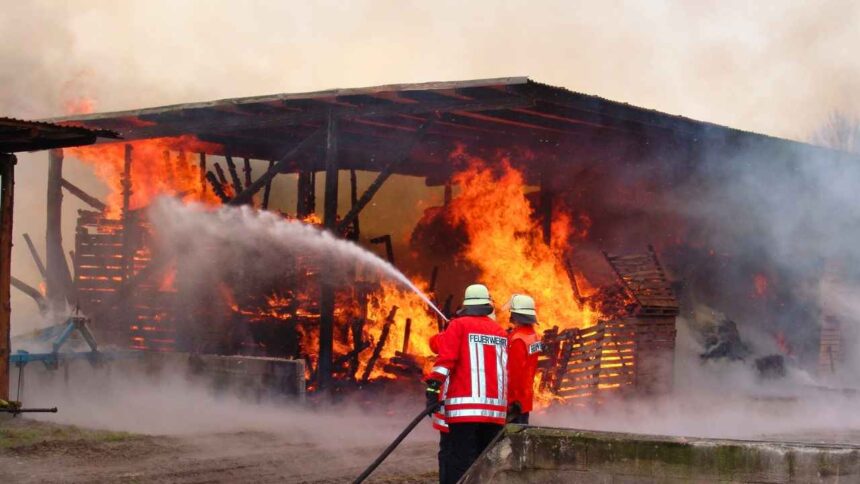Governor Kathy Hochul’s recent decision to pause the implementation of New York City’s congestion pricing plan has garnered widespread approval, particularly among the city’s firefighters. This move, crucial for ensuring the operational efficiency and safety of the Fire Department of New York (FDNY), addresses significant concerns about the potential impact of the toll on the city’s Bravest.
The Burden of Congestion Pricing on FDNY Firefighters
Each day, hundreds of FDNY firefighters begin their shifts at designated firehouses, and are redeployed as needed during their tour of duty This constant mobilization is critical to managing the personnel that they address shortages and ensure that all fire companies are adequately staffed. However, the need to travel between functions in individual vehicles is a unique challenge under the proposed congestion scheme.
Andrew Ensbrough, president of the Uniformed Firefighters Union, highlighted the unfair burden inflation places on this vital workforce. “The plan would have put a financial strain on firefighters who rely on their own vehicles to do their jobs effectively,” Ansbrough said. “This is an economic hardship that our brave men and women should not have to endure.”
The Practical and Safety Concerns
For firefighters, mass transit is not a viable alternative. Each shift, they carry 70 to 80 pounds of gear—equipment vital for their safety and effectiveness in emergencies. Forcing firefighters to transport this gear via subway or bus is not only impractical but dangerous. The physical strain of lugging heavy equipment across long distances could significantly hinder their ability to respond swiftly to crises, endangering lives.
Imagine the scenario: an apartment fire with families trapped inside. The responding firefighters, exhausted from a two-mile trek carrying 70-pound packs, would be less capable of executing their life-saving duties. Such a situation underscores the critical need for firefighters to travel by personal vehicles to maintain readiness and efficiency.
Health and Safety Risks
Additionally, the gear firefighters carry is often contaminated with toxic substances and carcinogens, particularly from incidents involving e-bike fires, chemical spills, and other hazardous materials. Forcing firefighters onto public transportation would not only slow response times but also expose the public to these dangerous contaminants.
“This is not just about convenience,” Ansbro emphasized. “It’s about public health and safety. Our firefighters’ gear can pose significant health risks, and exposing civilians to these contaminants on public transit is unacceptable.”
Economic Considerations
Beyond the immediate operational concerns, the financial burden of congestion pricing on firefighters cannot be ignored. The high cost of living in New York City already strains many residents, including firefighters. Adding daily congestion fees would exacerbate this financial pressure, making it even more challenging for them to perform their duties without undue economic hardship.
Governor Hochul’s decision to pause congestion pricing has been met with relief and approval from the FDNY and many New Yorkers who recognize the critical role firefighters play in the city’s safety. By halting this plan, Hochul has taken a significant step to ensure that New York’s firefighters can continue to perform their essential duties without additional financial and logistical burdens.
The support for this pause highlights the broader need for policies that consider the unique challenges faced by emergency responders and the essential services they provide to the city. As discussions continue, it is crucial to prioritize the safety and efficiency of these frontline heroes.






